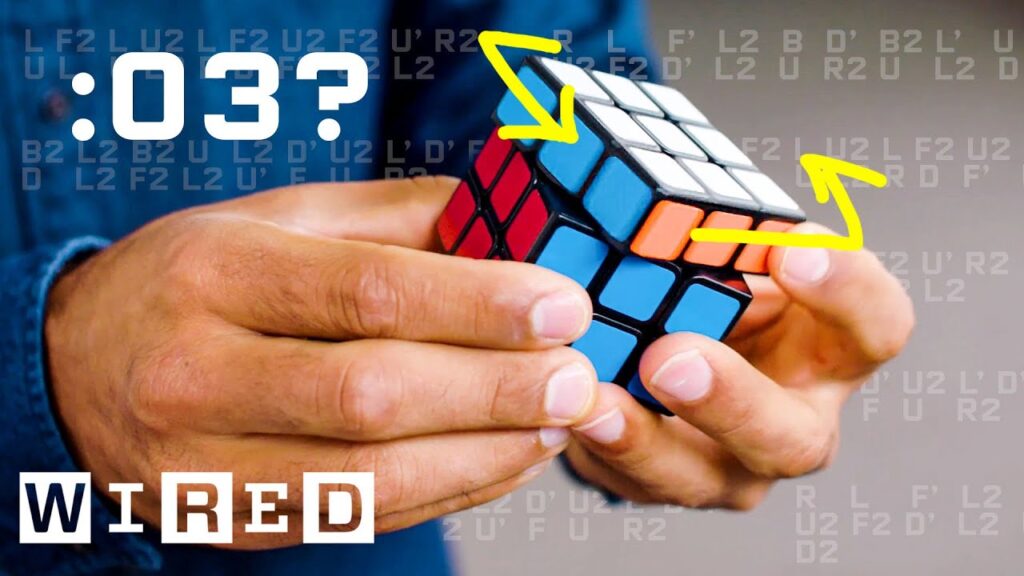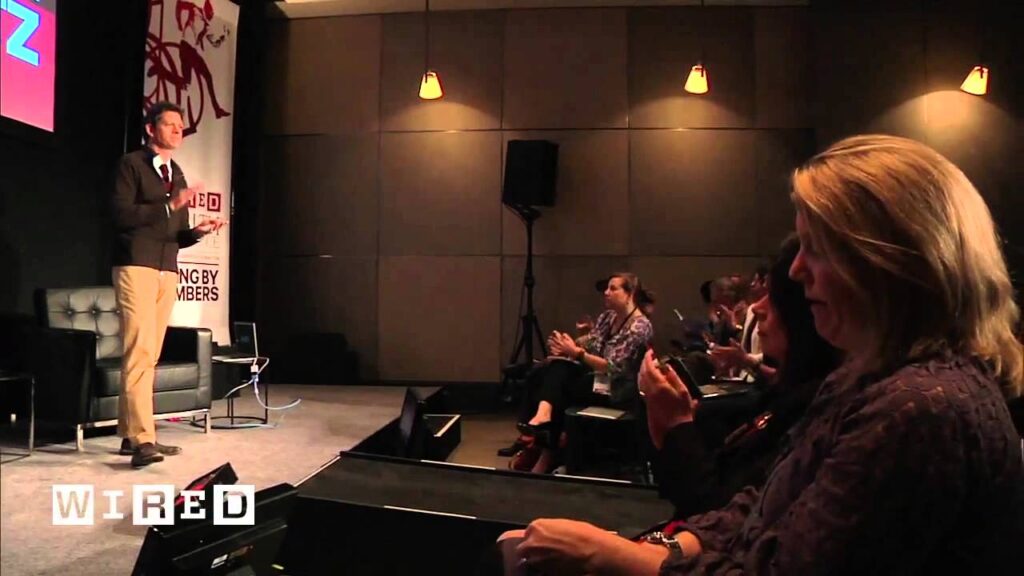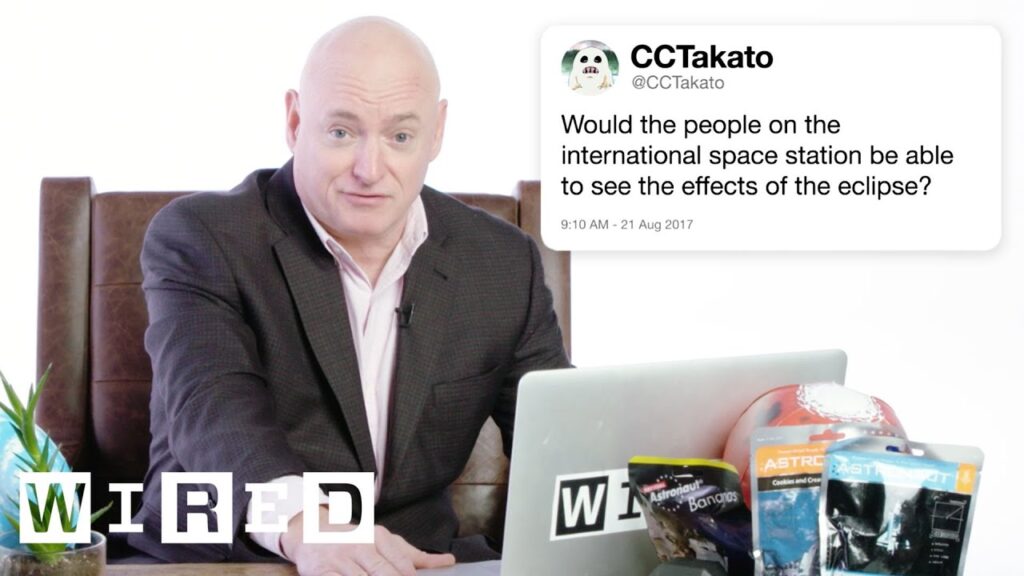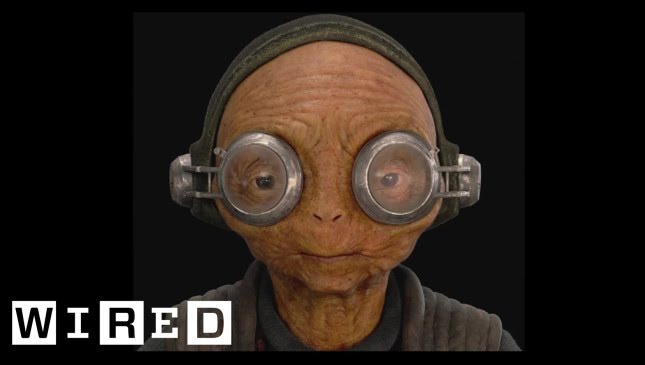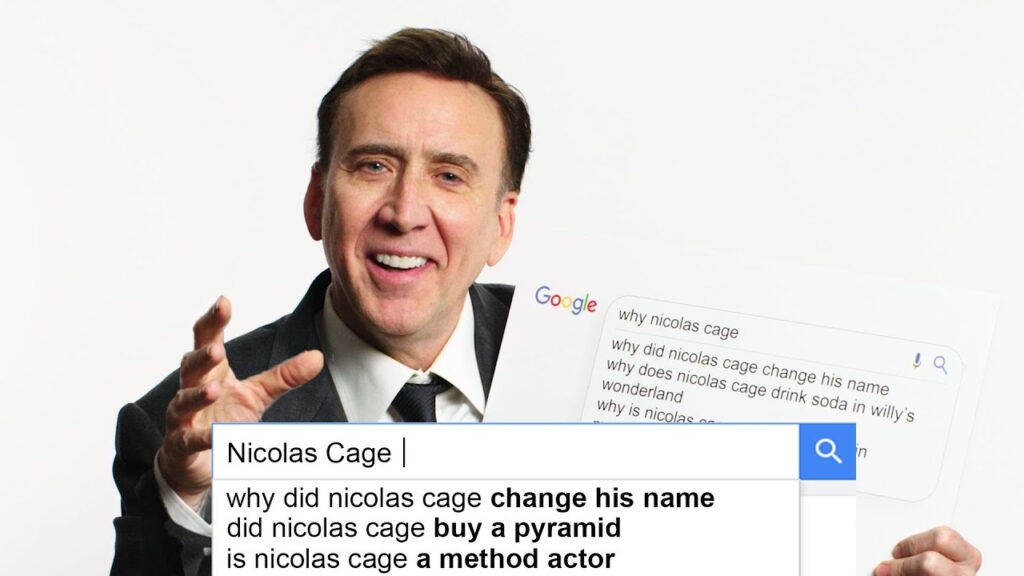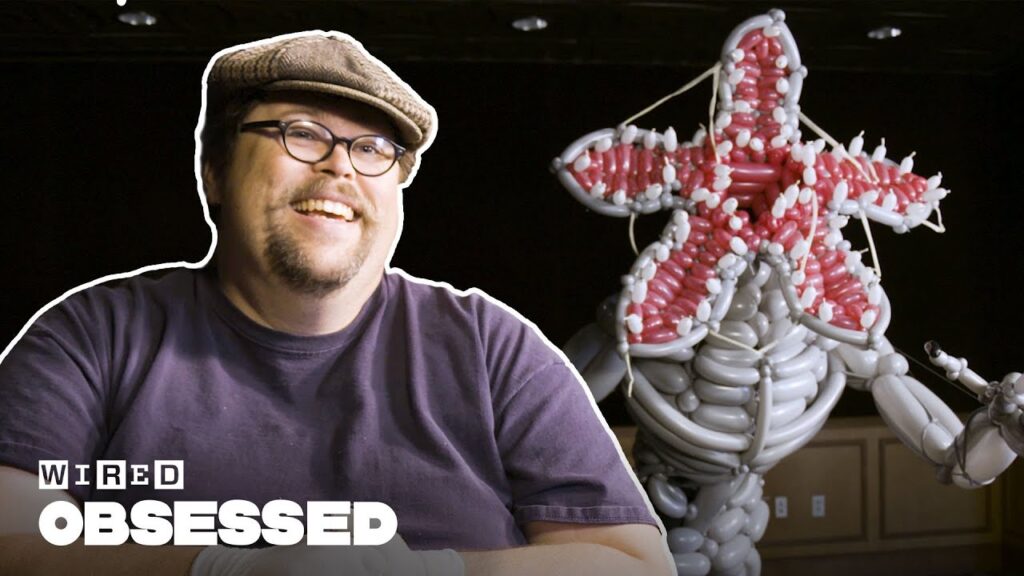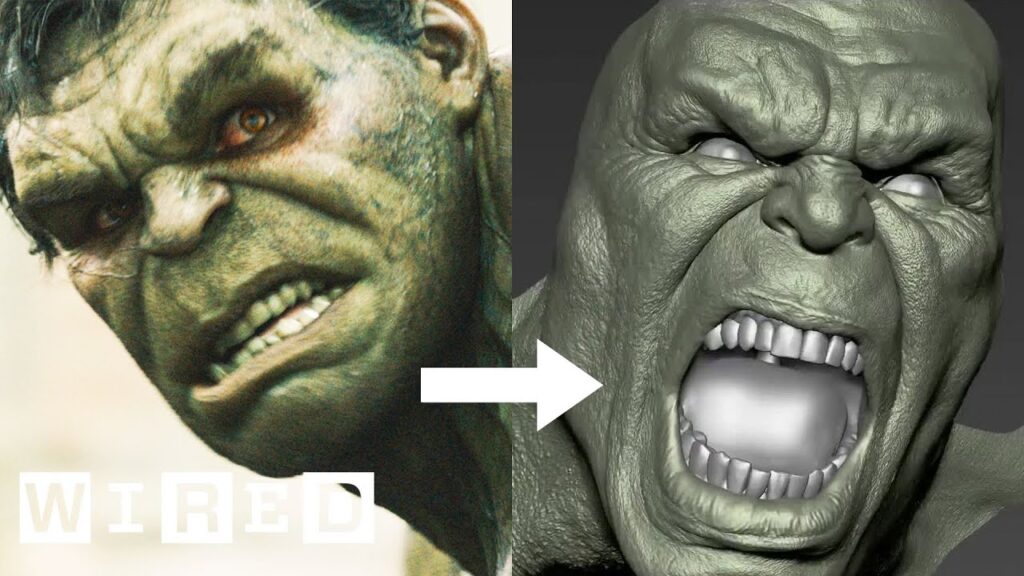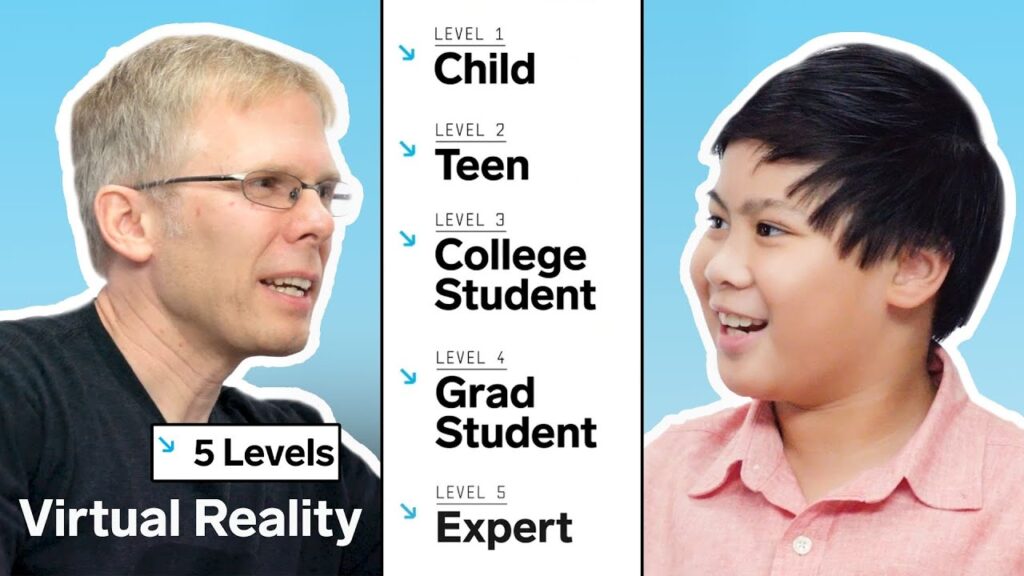Why We See Faces Where There Are None: The Science of Pareidolia
Summary
In this article, we explore the phenomenon of pareidolia, which is the tendency to see faces or meaningful patterns in random stimuli. We discuss how this condition evolved and why it is more advantageous to have false positives than false negatives.
Table of Contents
- What is Pareidolia?
- The Evolution of Pareidolia
- The Advantage of False Positives
- Conclusion
What is Pareidolia?
Have you ever looked at a cloud and seen a face? Or perhaps you’ve seen a face in a piece of toast or a rock formation? This is pareidolia, a psychological phenomenon that causes people to see familiar patterns, such as faces, in random stimuli.
According to Susan Wardle, a cognitive psychologist, pareidolia is a common condition that affects most people. Our brains are wired to recognize faces, and we are so good at it that we often see them where they don’t exist.
The Evolution of Pareidolia
The reason we see faces where there are none is rooted in our evolutionary history. Our ancestors needed to be able to quickly recognize faces in order to survive. Being able to distinguish between friend and foe was crucial for survival in a world where danger lurked around every corner.
As a result, our brains evolved to be highly attuned to facial features. We are wired to see faces even in the most unlikely places because, for our ancestors, mistaking a rock for a predator was a small price to pay for not missing an actual threat.
The Advantage of False Positives
While it may seem like a disadvantage to see faces where there are none, there is actually an advantage to this condition. Our brains are wired to accept false positives, meaning that it’s better to see a face where there is none than to miss a face that is actually there.
This is because the consequences of missing a real threat are far greater than mistaking a harmless object for a threat. In other words, it’s better to be safe than sorry.
Conclusion
In conclusion, pareidolia is a fascinating phenomenon that speaks to the incredible complexity of the human brain. While it may seem strange to see faces where there are none, it is a condition that has evolved over millions of years to help us survive in a dangerous world. So the next time you see a face in a cloud or a piece of toast, remember that it’s just your brain doing its job to keep you safe.
